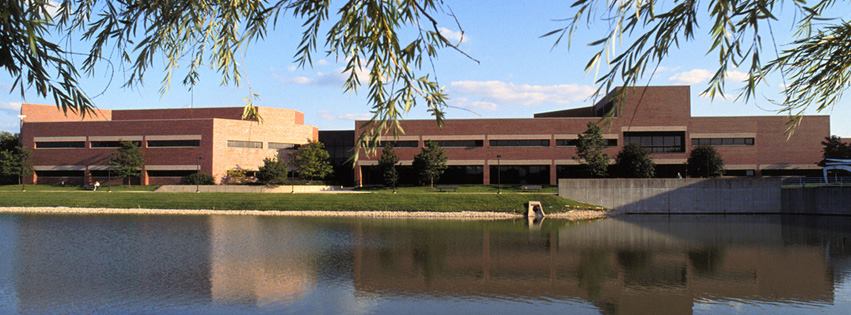Community college an underused option for seniors
Low prices, easy transfers, 2-yr colleges benefit students
February 5, 2016
While community colleges continue to become more popular nationwide, only 3 percent to 5 percent of New Trier students attended a community college last year according to Post-High School counselor Michael O’Connor.
After two years at a community college, one receives an associate’s degree certifies two years of courses have been completed. Depending on the major, many students nationwide transfer directly to a four year college. This is an extremely popular option for many U.S. college kids.
Transferring from Oakton Community College to a university such as the University of Illinois is easier than it seems, O’Connor said.
“There’s an engineering agreement to get into U of I: if you complete this engineering sequence at Oakton or any community college, they say ‘we’ll take you automatically,’ O’Connor said. “But I think some students have a hard time buying into that.”
Although community colleges offer great financial savings, some New Trier students don’t find a two year college favorable. O’Connor said he thinks students want more of a “normal” college experience. “Dorm room, social experience, that’s kind of an added piece that is expected [in a traditional college],” O’Connor said.
Junior Chloe Becker said she feels that there is a stigma around two year colleges and that her family also affects her choice.
“My family has always gone to a four year college, so that kind of influences me a lot in my decision,” Becker said.
Senior Lauren Engelhard, said she might consider it for summer school credits, but that there is an expectation to attend a renowned school.
“I would consider it for summer school to get extra credits,” Englehard said. “I think around here there is an expectation to go to a more prestigious school, rather than a community college, because around here it is not viewed as the same quality.”
Junior Peter Jacus agreed, “I might go to a community college for summer school to get credits, but I’d probably still want to go to a state school.”
Jacus cites a state school experience as one reason he might choose a four year college, but often, two year colleges are located near larger, four year colleges. For example: in Champaign, near the U of I, is Parkland Community College.
Similarly, Kirkwood Community College is near the University of Iowa. These schools allow a student to get their freshman and sophomore courses out of the way at a lower cost, with a college atmosphere around them. It can also help a student adjust to a larger college campus atmosphere if a student plans on transferring there.
While at the community college, college classes are offered that are near identical to those at a four year college, but with smaller class sizes. The credits gained during the first two years can then transfer over to a new college. These class credits are received at a smaller price, compared to a Big Ten or Ivy League school.
Social Studies teacher Todd Maxman said that since most freshman and sophomore year clas-ses are general education, it’s smart to get them out of the way at low cost.
O’Connor agreed, saying that the ideal candidate for a two year college is a student who is aware of the costs and the financial benefits, and could benefit from a small class size during the high school to college transition.
Engelhard also acknowledged the financial benefits. “For some students and their families, it’s a really good idea to attend community college for one or two years to save money and get your requirements out of the way.”
According to College Simply, Oakton’s current total average in-state cost, including tuition, books and other fees is less than half of the University of Illinois’s. U of I’s website puts the total average in-state cost at the University of Illinois in between $30,346 and $35,350 per year.
In Jan. 15, President Obama announced plans to make community college free for low income students. In July 2015, a bill was introduced to reinforce the President’s wishes.
There has been a push in recent years to find a way to lower tuition at all levels of schooling, especially at expensive state schools.
One answer might be as simple as not attending them for all four years.
Jacus commented on the rising trend. “Raising tuition costs are creating a gap between the rich and the poor, and I think community colleges will become more popular as that happens.”











































